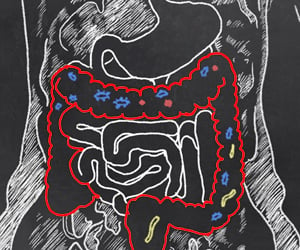Cognitive behavioral therapy is a useful and empirically based method of treatment for pain disorder that can decrease reliance on the excessive use of opiates.

‘Cognitive behavioral therapy is moderately effective in reducing pain scores. An important advantage of cognitive behavioral therapy is that it tends to be short, taking five to ten months for most emotional problems.’





CBT Offers Effective, Safer Alternative to Opioids for Chronic Pain Rising use of opioid (sometimes called opiate) medications to treat chronic noncancer pain is a major contributor to the US opioid crisis. But despite the aggressive marketing and prescribing of these powerful painkillers, there has been little change in the amount and severity of pain reported by Americans over the past decade. "There is no evidence that supports the use of opioids for the treatment of chronic pain for more than one year, and chronic use increases the serious risks of misuse, abuse, addiction, overdose, and death," Drs. Majeed and Sudak write.
They believe that CBT is an important alternative to opioids for treatment of chronic pain. The goal of CBT is to help patients change the way they think about and manage their pain. The idea is not that pain (in the absence of tissue damage) "is all in your head"--but rather that all pain is "in the head." Cognitive behavioral therapy helps patients understand that pain is a stressor and, like other stressors, is something they can adapt to and cope with.
Interventions may include relaxation training, scheduling pleasant activities, cognitive restructuring, and guided exercise--all in the context of an "empathic and validating" relationship with the therapist. These interventions "have the potential to relieve pain intensity, improve the quality of life, and improve physical and emotional function," according to the authors.
"Therapy helps the patient see that emotional and psychological factors influence perception of pain and behaviors that are associated with having pain," Drs. Majeed and Sudak write. "Therapy...puts in place cognitive and behavioral strategies to help patients cope more successfully."
Advertisement
Cognitive behavioral therapy is moderately effective in reducing pain scores, while avoiding or reducing the opioid risks of overuse, addiction, overdose, and death. It can be used as a standalone treatment; in combination with other treatments, including effective non-opioid medications; or as part of efforts to reduce the opioid doses required to control chronic pain.
Advertisement
"There is a need for a paradigm shift from a biomedical to a biopsychosocial model for effective pain treatment and prevention of opioid use disorder," Dr. Majeed comments. "Increased use of CBT as an alternative to opioids may help to ease the clinical, financial, and social burden of pain disorders on society."
Source-Eurekalert















